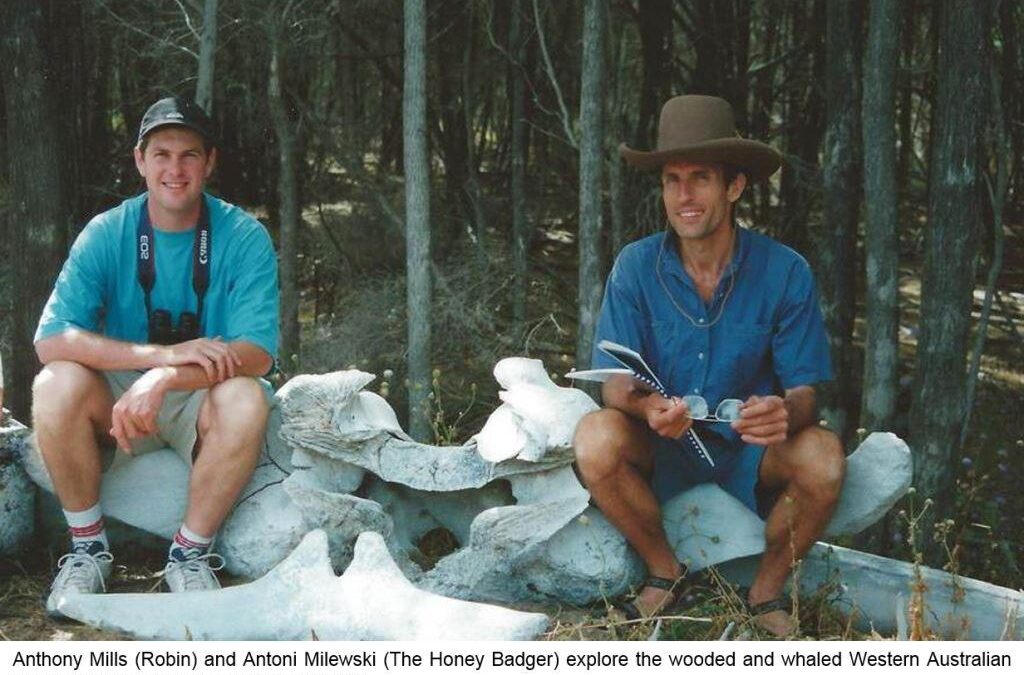
by BioEdge | May 1, 2017 | Blog
If you haven’t found something strange during the day, it hasn’t been much of a day. ― John A. Wheeler …there’s no reason why scholarship can’t be as seriously playful as bubble-blowing. — Jonathon Keats A scientific training is a...
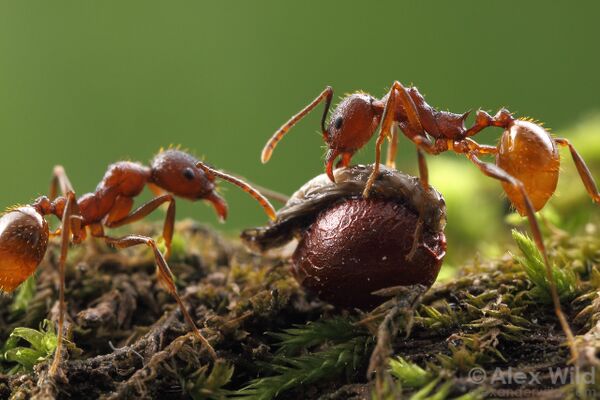
by BioEdge | Nov 13, 2015 | Blog
A triad of reciprocity may bring out the best in social insects, lycaenids and legumes. In Australia there are many types of plants dispersed and sown by ants. The seeds of these plants have a small but nutritious food-body which is eaten by the ants. The consumption...
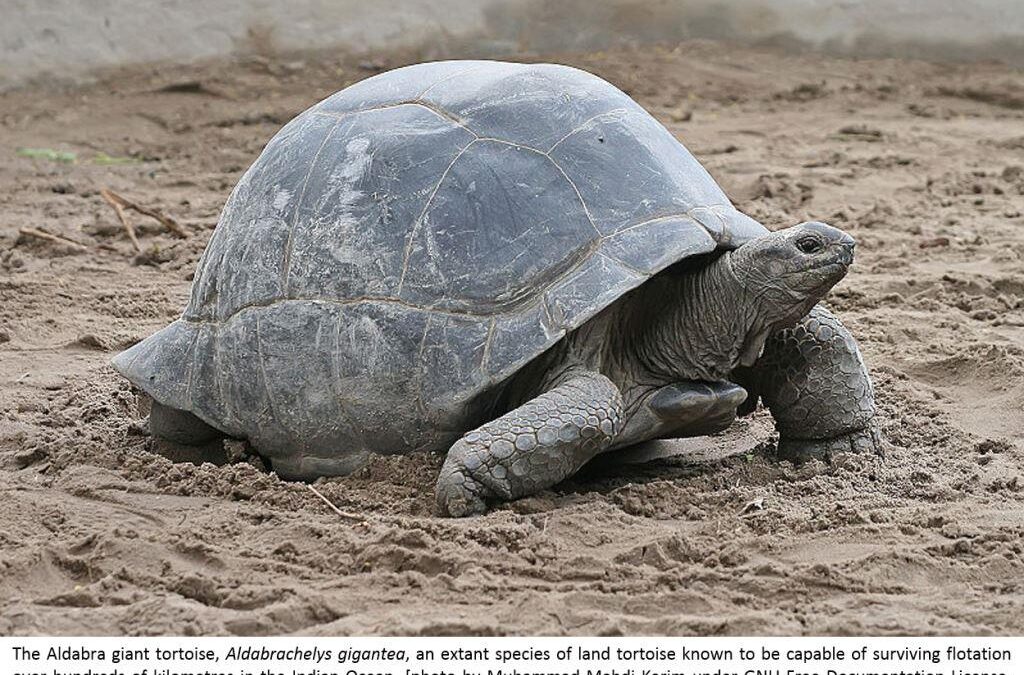
by BioEdge | Jan 5, 2015 | Blog
Tracking down the testudines missing from a whole continent demands plodding logic rather than leaping conclusions. Land tortoises[1] are fully terrestrial, mainly plant-eating members of the Order Testudines. Oddly, Australia – despite having an impressive radiation...
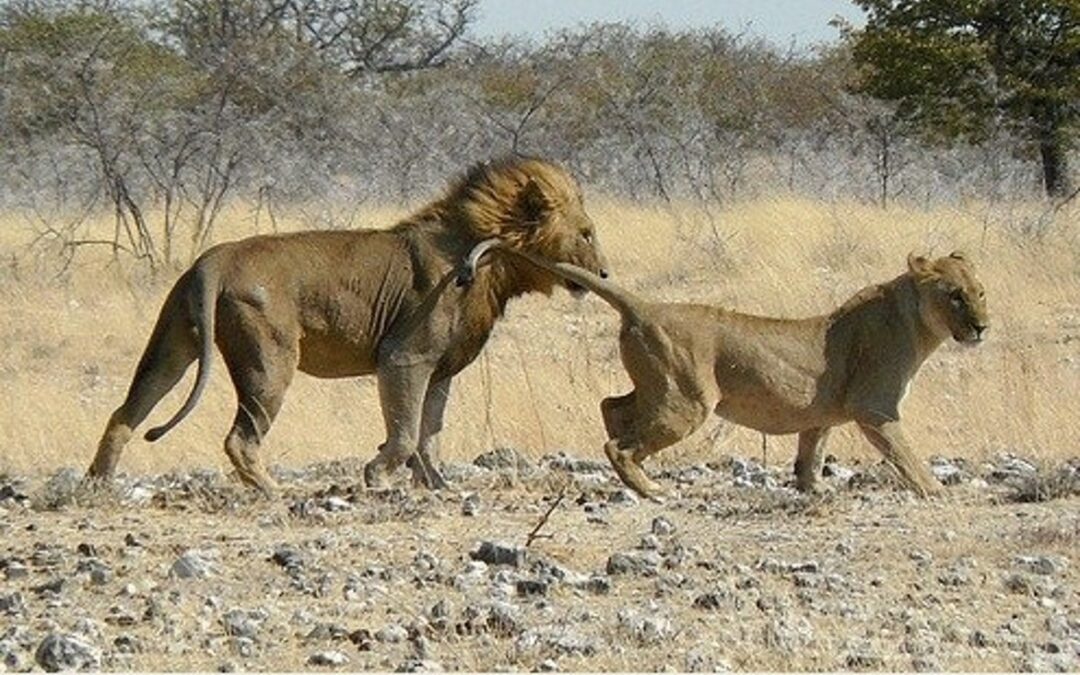
by BioEdge | Jan 1, 2015 | Blog
Large felids are watchable, perhaps mesmerising. And yet it has gradually dawned on us, during about three decades of watching the lion, watching biologists watch the lion, and watching the scientific literature on the lion: some obvious points about the appearance of...
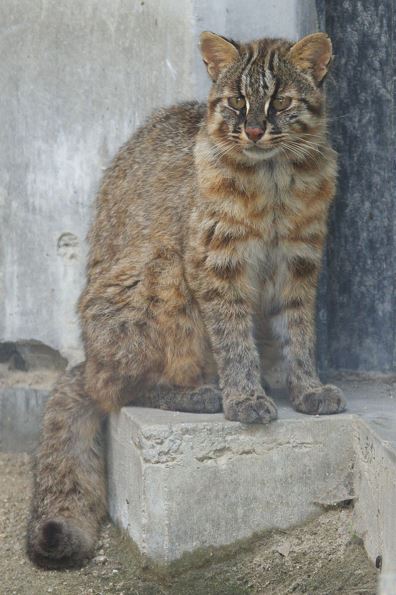
by BioEdge | Sep 22, 2014 | Blog
Domestic cat (Felis silvestris cactus) © Bramans Black-and-white armbands remind bullies that small cats can scratch above their weight. No mammalian family more thoroughly exploits camouflage than the cats. Whether by stripes, rosettes, blotches, mottles, melanism,...
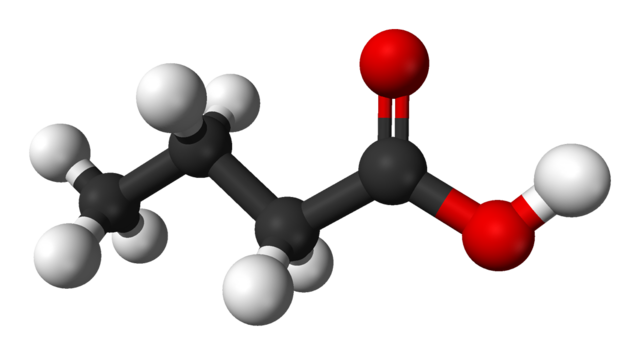
by BioEdge | Jun 5, 2014 | Blog
Ball-and-stick model of butyric acid (butanoic acid) © Benjah-bmm27 in the public domain Butyric acid is an unlikely contender for a newly discovered vitamin in the human species. Yet that is what we contend – apparently for the first time – here at Exploring the...







